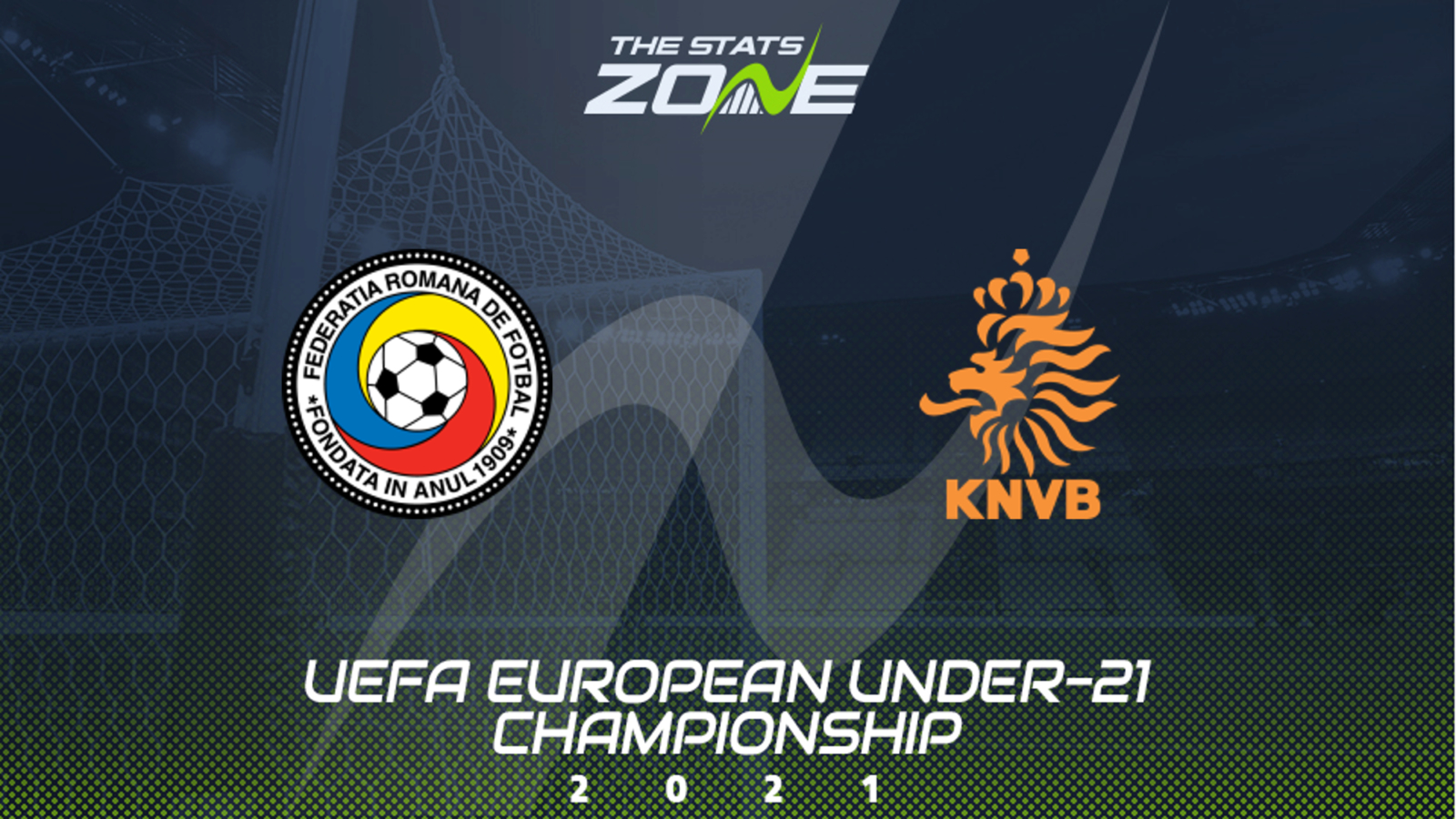Historical Comparison

Romania vs netherlands – Romania and the Netherlands have a long and complex history, marked by both cooperation and conflict. The two countries first established diplomatic relations in 1649, and since then, they have maintained close ties in various spheres.
Romania and the Netherlands faced off in a thrilling match, with each team showcasing their strengths. However, as the game progressed, the attention shifted to another intense rivalry: Turkey vs Austria. The parallels between these two matches were striking, as both showcased the determination and skill of the players involved.
And just as Romania and the Netherlands eventually settled their contest, the outcome of Turkey vs Austria remains eagerly anticipated, promising another chapter in this captivating footballing saga.
In the 19th century, Romania was one of the first countries to recognize the independence of the Netherlands. During World War I, the two countries fought on the same side, and in the aftermath of the war, they worked together to rebuild Europe.
As the sun set on the Romania-Netherlands match, casting long shadows across the field, the anticipation for the upcoming clash between France and Belgium reached fever pitch. France vs Belgium Prediction experts weighed in with their insights, analyzing the strengths and weaknesses of each team.
But amidst the excitement, the Romania-Netherlands match lingered in the minds of fans, its echoes reminding them of the unpredictable nature of the beautiful game.
Political Exchanges
- 1649: Diplomatic relations established between Romania and the Netherlands.
- 1880: Romania recognizes the independence of the Netherlands.
- 1914-1918: Romania and the Netherlands fight on the same side in World War I.
- 1945-1947: Romania and the Netherlands work together to rebuild Europe after World War II.
- 1965: Romania and the Netherlands sign a trade agreement.
- 1975: Romania and the Netherlands sign a cultural agreement.
Economic Analysis: Romania Vs Netherlands

Romania and the Netherlands exhibit contrasting economic landscapes, each with unique strengths and challenges. This section delves into a comparative analysis of their economic structures, performance, and potential areas for collaboration.
Economic Structure
Romania’s economy is characterized by a significant agricultural sector, accounting for approximately 4% of GDP and employing over 20% of the workforce. In contrast, the Netherlands boasts a highly developed services sector, contributing over 70% of GDP and employing around 75% of the workforce.
The Netherlands is renowned for its advanced infrastructure, including world-class ports, logistics hubs, and transportation networks. This infrastructure facilitates international trade and investment, contributing to the country’s economic competitiveness.
Economic Performance, Romania vs netherlands
In recent years, Romania has experienced steady economic growth, with an average GDP growth rate of around 4% in the past decade. However, the country continues to face challenges such as high inflation, income inequality, and corruption.
The Netherlands has consistently ranked among the world’s most competitive economies, with a strong GDP growth rate and low unemployment. The country benefits from a skilled workforce, a favorable business environment, and a stable political climate.
Trade and Investment
Both Romania and the Netherlands are actively engaged in international trade and investment. Romania primarily exports agricultural products, machinery, and chemicals, while the Netherlands exports a diverse range of goods, including agricultural products, machinery, and electronics.
There is significant potential for increased trade and investment between the two countries. Romania can benefit from Dutch expertise in areas such as infrastructure development, agriculture, and renewable energy, while the Netherlands can access Romania’s growing consumer market and its strategic location at the crossroads of Central and Eastern Europe.
Cultural Exchange

Romania and the Netherlands share a rich cultural heritage, with distinct similarities and differences that have shaped their respective identities. Over the centuries, these two nations have influenced each other’s language, art, music, and cuisine, creating a vibrant tapestry of cultural exchange.
In the realm of language, Romanian and Dutch belong to different language families. Romanian is a Romance language, descended from Latin, while Dutch is a Germanic language, related to English and German. Despite this linguistic divide, there are some striking similarities between the two languages. For instance, both Romanian and Dutch have a definite and indefinite article system, and both languages use the same word order (subject-verb-object).
Art and Music
In the realm of art, Romania and the Netherlands have both produced world-renowned masters. Romanian painter Nicolae Grigorescu is celebrated for his landscapes and portraits, while Dutch painter Rembrandt van Rijn is known for his masterful use of light and shadow. In music, Romania has a rich tradition of folk music, while the Netherlands is home to the renowned Royal Concertgebouw Orchestra. Both countries have also produced influential contemporary artists, such as Romanian sculptor Constantin Brâncuși and Dutch designer Marcel Wanders.
Cuisine
The cuisines of Romania and the Netherlands reflect the diverse cultural influences that have shaped these two nations. Romanian cuisine is characterized by its use of fresh, seasonal ingredients and traditional cooking methods. Some of the most popular Romanian dishes include sarmale (cabbage rolls), mămăligă (cornmeal porridge), and papanasi (fried dough balls). Dutch cuisine, on the other hand, is known for its hearty and flavorful dishes, such as stamppot (mashed potatoes with vegetables), erwtensoep (pea soup), and stroopwafels (syrup waffles). Despite their differences, both Romanian and Dutch cuisine share a love of cheese and dairy products.
Opportunities for Cultural Exchange
There are numerous opportunities for cultural exchange and collaboration between Romania and the Netherlands. Both countries could benefit from student and artist exchange programs, joint research projects, and cultural festivals. These initiatives would not only foster mutual understanding and appreciation but also contribute to the enrichment of both cultures.